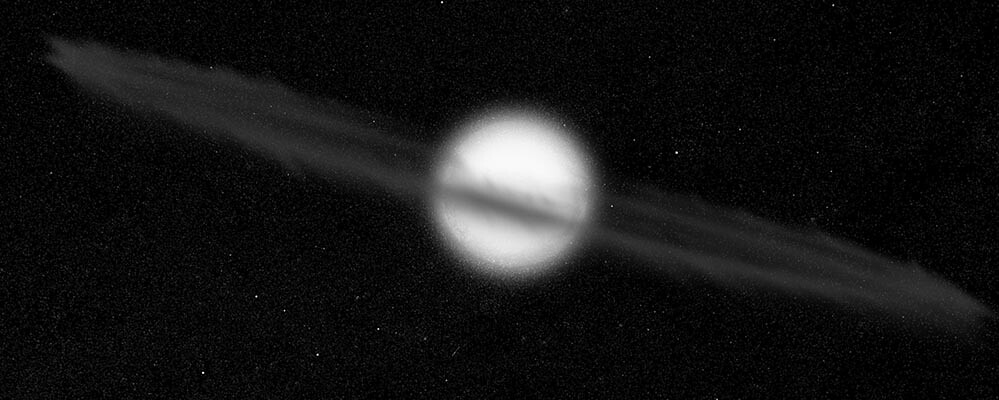The Tabby's Star, the enigmatic object that made people dream of an alien megastructure
The universe is full of strange and very distant objects, which challenge our knowledge and give rise to all kinds of hypotheses.
In 2011, the Kepler space telescope discovered a new star, called KIC 8462852. Located in the constellation of Cygnus, this star would practically have been just another of the bunch if it were not for a fact observed by astronomer Tabetha S. Boyajian, from Louisiana State University, who in September 2015 published a study together with other researchers in which he noted the following:
"Over the duration of the Kepler mission, KIC8462852 was observed to undergo irregularly shaped, aperiodic dips in flux of up to ∼20\%. The dipping activity can last for between 5 and 80 days. We characterize the object with high-resolution spectroscopy, spectral energy distribution fitting, radial velocity measurements, high-resolution imaging, and Fourier analyses of the Kepler light curve."
These fluctuations in the star's brightness led to the spread of theories about a possible alien megastructure that would surround that star and that would be supposedly responsible for these variations in the light emitted. Structures commonly known as Dyson Sphere, due to the hypothesis formulated by the physicist Freeman Dyson in 1960.

As of October 2017, NASA pointed out several hypotheses for the fluctuations of Tabby's Star, popularly known as the diminutive of Tabetha, the name of the astronomer who observed the fluctuations. The US space agency ruled out the possibility of a Dyson Sphere:
"The internet’s favorite theory to explain the strange phenomenon was that this could be a Dyson sphere—a hypothetical structure built by an advanced alien civilization to collect energy from its star. However, new data from NASA’s Spitzer space telescope and the Swift mission, along with a Belgian observatory used by amateur astronomers, provide strong evidence against such a “megastructure.”
These observers were looking at another type of enigmatic behavior from Boyajian’s star: a less extreme, long-term dimming that is also difficult to explain. What they found tells us something about the sudden dips in the star’s light, too: Their results show that a large, solid object like the hypothesized structure would not cause starlight to dim in the precise way the telescopes observed."

In November 2015, based on a Spitzer Space Telescope study led by Massimo Marengo of Iowa State University, NASA pointed to a swarm of comets as the most likely explanation for Tabby Star's fluctuations. "Other cited causes included fragments of planets and asteroids", the space agency noted.

As of October 2017, NASA pointed to a new study using NASA's Spitzer and Swift missions, as well as the Belgian AstroLAB IRIS observatory, and which "suggests that the cause of the dimming over long periods is likely an uneven dust cloud moving around the star. This flies in the face of the "alien megastructure" idea and the other more exotic speculations." NASA said that "future telescopes may help unveil more secrets of this mysterious object."
---
Main image: NASA.
|
Don't miss the news and content that interest you. Receive the free daily newsletter in your email: Click here to subscribe |
- Lo más leído
- The impressive bolide that illuminated the skies of Spain and Portugal in the middle of the night
- The final destination of an old Fiat G.91 Gina fighter on top of a mountain in northern Italy
- The supermassive black hole of Phoenix A, the biggest known light-devouring monster
- A tour of two abandoned hydroelectric plants in the Atacama Desert
- What we know about the two objects that flew over eastern Spain on March 29
- Smirnykh: a ruined air base where a Soviet MiG-23 fighter was abandoned
- An old Soviet military plane abandoned from 1971 on a Russian island near Alaska

 ES
ES





Opina sobre esta entrada: